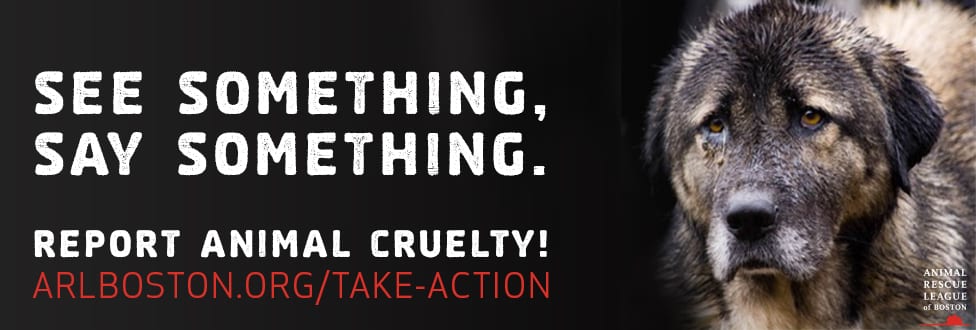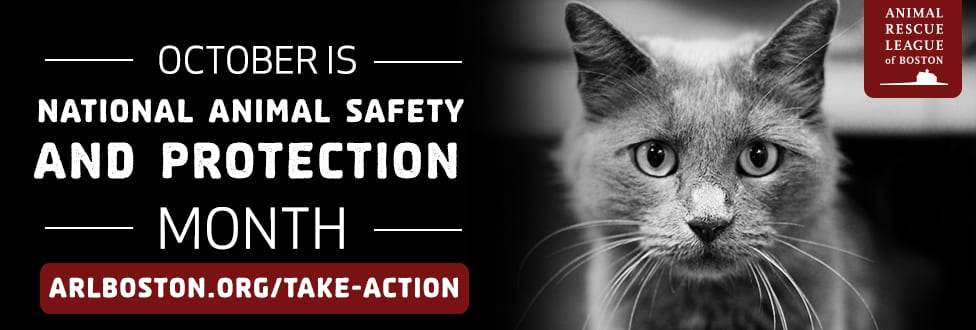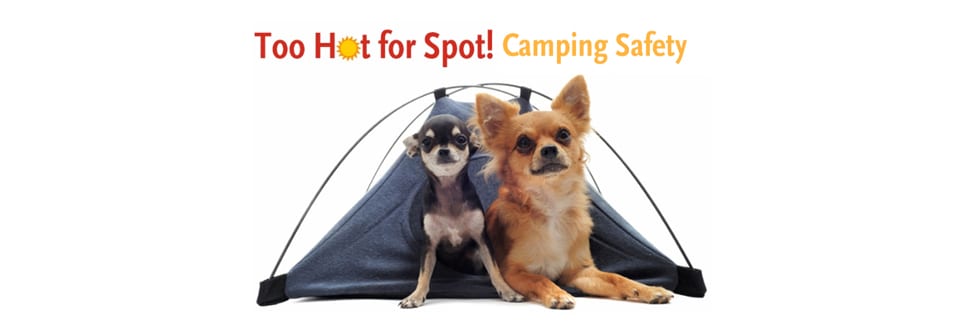Do You Know the 7 Warning Signs of Animal Cruelty?
Learn the 7 signs of animal cruelty & DONATE to protect animals from harm
If you SEE SOMETHING, SAY SOMETHING – Report Animal Cruelty. By many estimates, 4 out of 5 cases of animal cruelty remain concealed, leaving animals to suffer in silence. While most of us recognize that punching, kicking, burning, choking, or hitting an animal with an object are acts of animal cruelty, there are also more subtle warning signs that could indicate mistreatment, neglect, or abuse.

Learn the 7 warning signs of animal cruelty and DONATE to ARL’s Cruelty Prevention fund drive to help protect animals from future harm!
Learn the 7 warning signs of animal cruelty:
- Howling or barking for a sustained period of time, or hearing an animal cry in pain with a persistent high-pitched vocal sound
- Singed, matted, chronically or excessively dirty hair or fur.
- Wounds, unusual scars, hair loss, frequent limping often on different legs, or signs of improper nutrition
- Animals kept caged or tied with little room to move for long periods of time or without regular interaction with people
- Lack of protection from the weather or fece- or debris-strewn living areas for animals.
- Collars, leashes, or halters so tight they visibly dig into the animal’s face or neck.
- A large number of animals coming or going from a property.
DID YOU KNOW… that the ARL’s law enforcement department is often called upon to assist local and state agencies, and police and animal control officers with a variety of animal protection issues?
Although the team works closely with the state, as well as many cities and towns, the ARL receives no government funding to provide this kind of assistance to animals in need.
When you give during the ARL’s CRUELTY PREVENTION FUND DRIVE, you will help pay for the on-going efforts of our law enforcement team to provide animals suffering from abuse and neglect with the assistance that they need to recover.
An anonymous donor has challenged us to triple a $5,000 donation and raise $15,000 in October to support the ARL’s law enforcement department! The team can only do this work on behalf of animals in our communities with your support!
AS A SPECIAL THANK YOU… Be one of the first 5 people to DONATE $25 or more TODAY, October 9 and you will receive an exclusive ARL steel red water bottle!
Click here or on the green button below to make a donation to the ARL’s Cruelty Prevention Fund Drive.
VERY SPECIAL THANKS to our anonymous challenge donor and everyone who has made a donation to support animals in need during the ARL’s Cruelty Prevention fund drive!
Remember: Animal cruelty affects your community. Reporting suspicions to authorities is critical to prevention. Learn more at arlboston.org/take-action
























